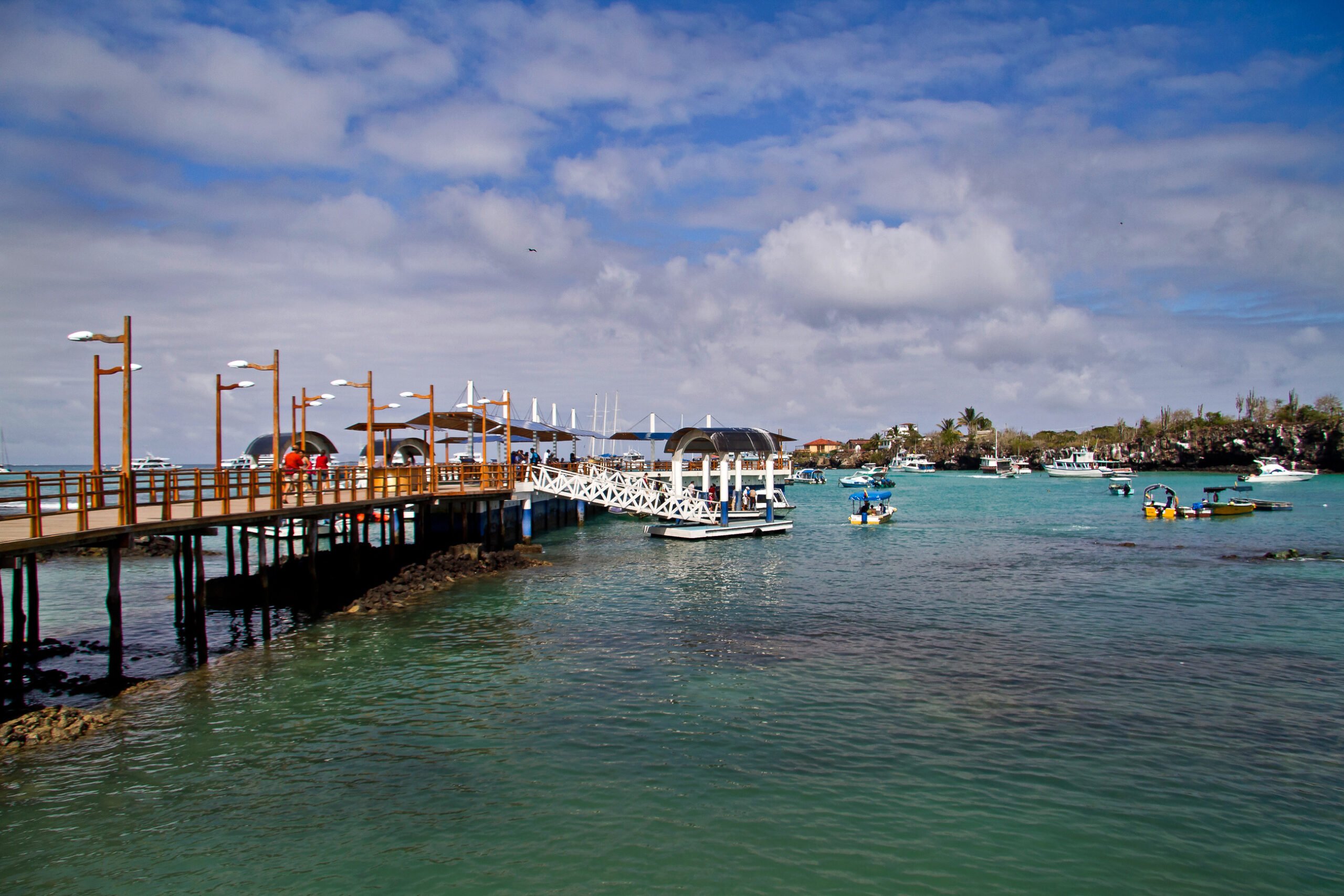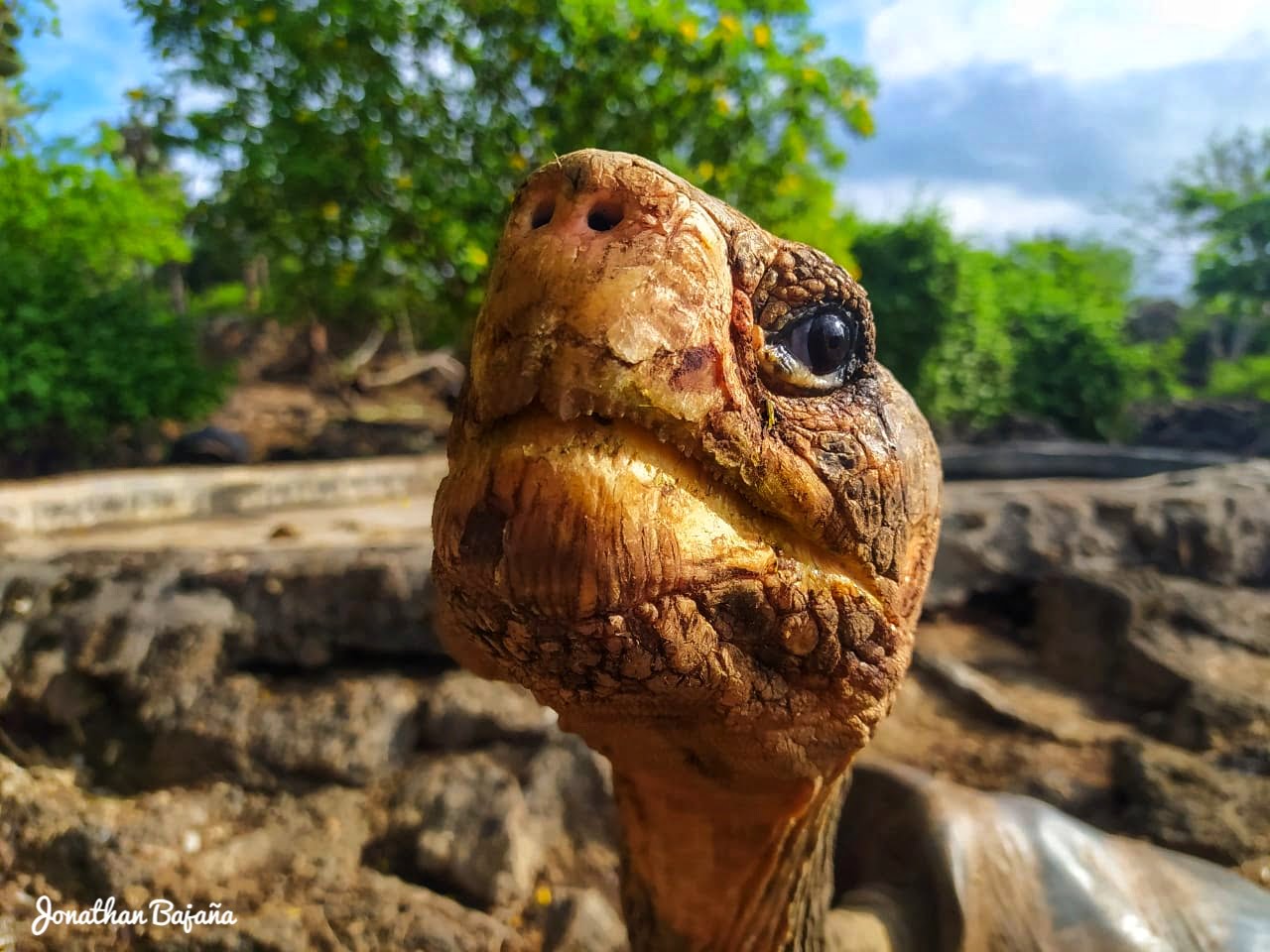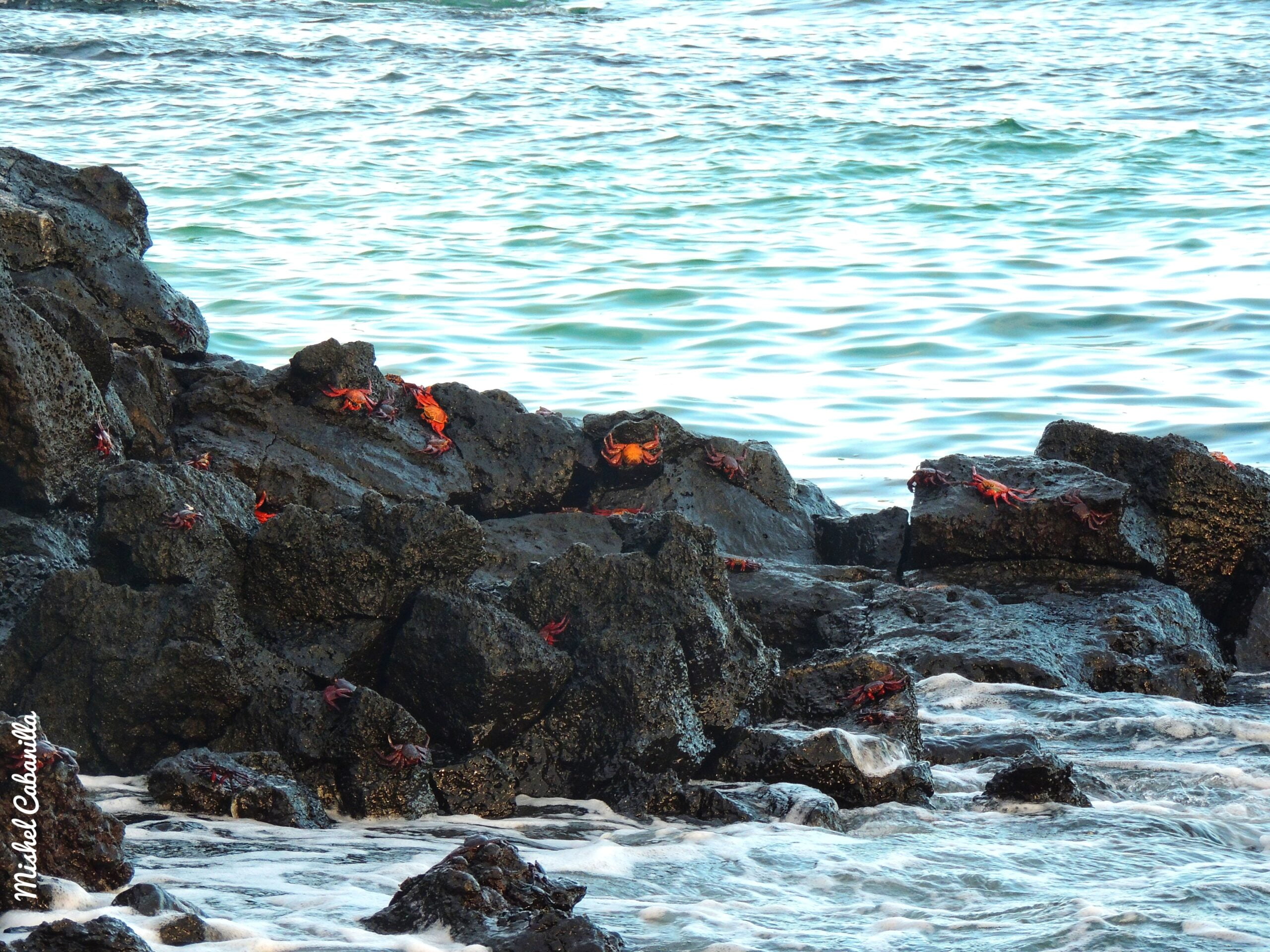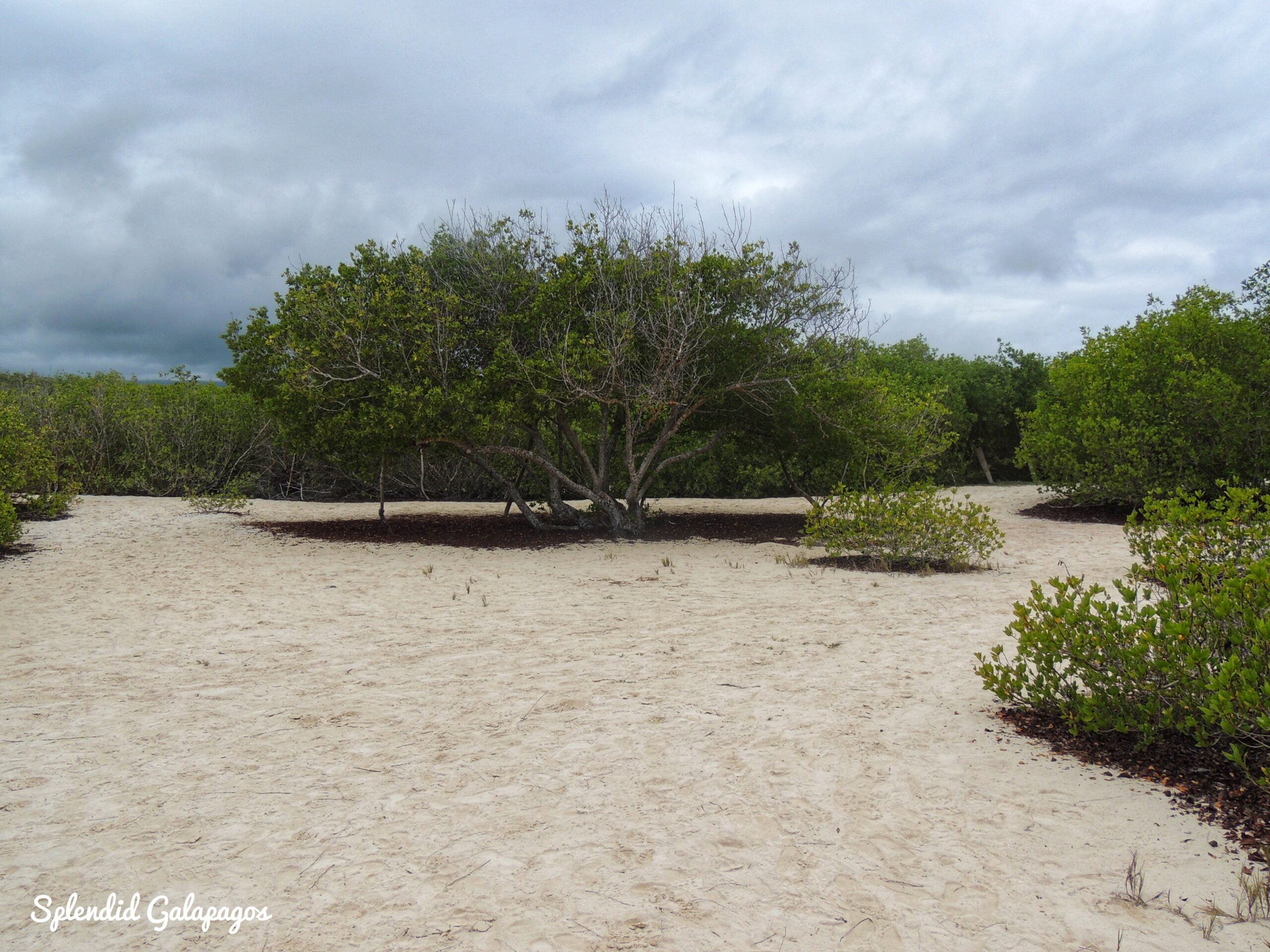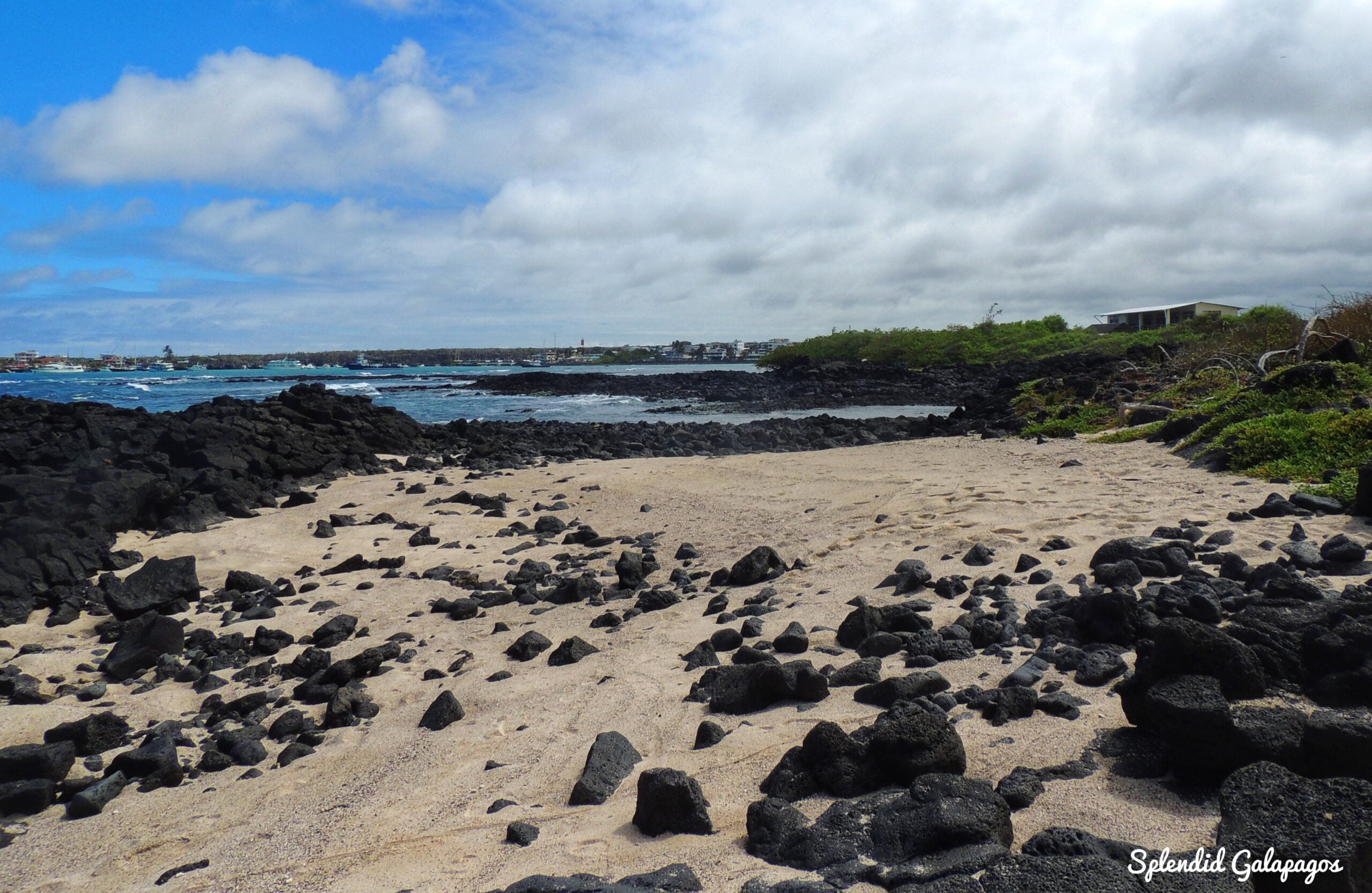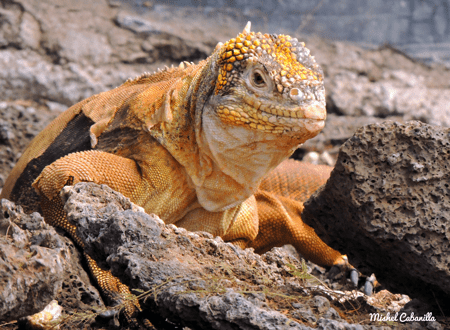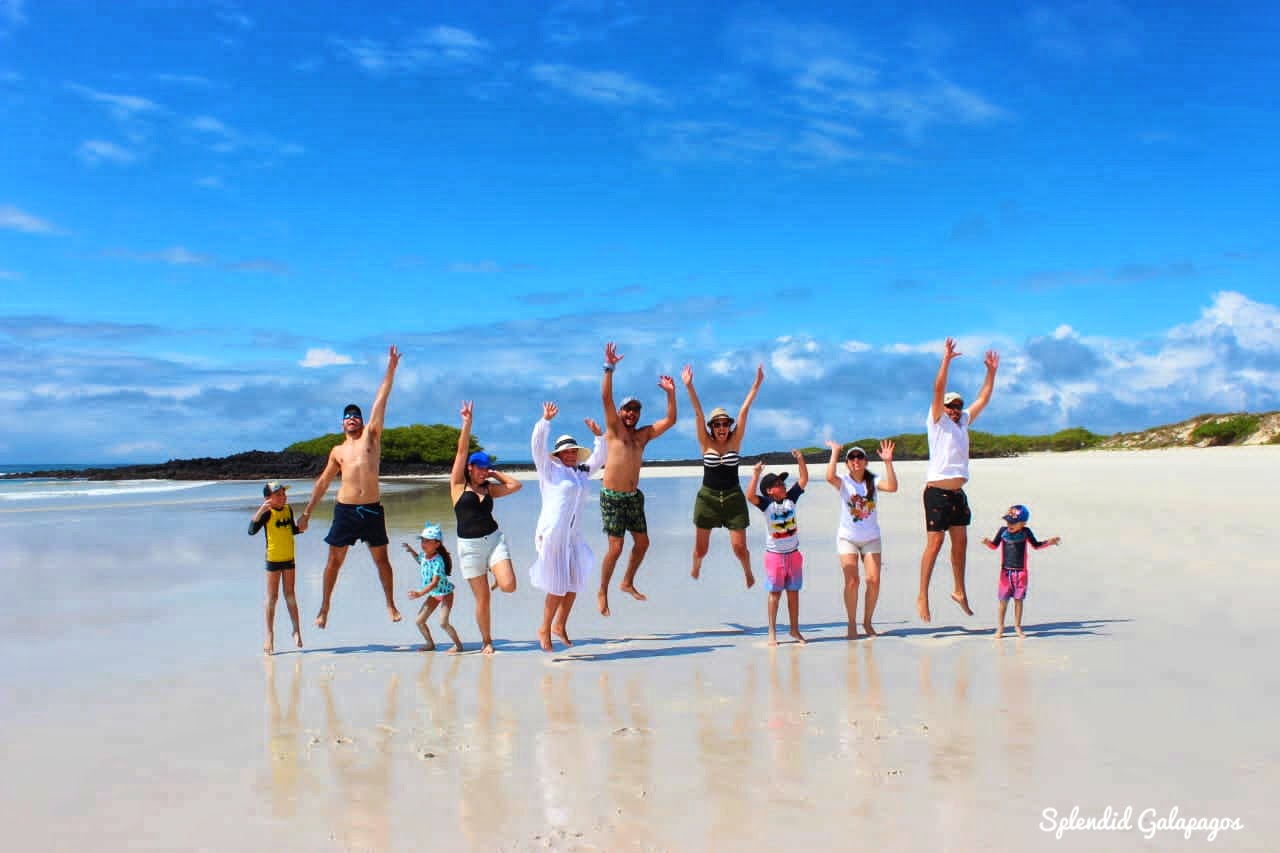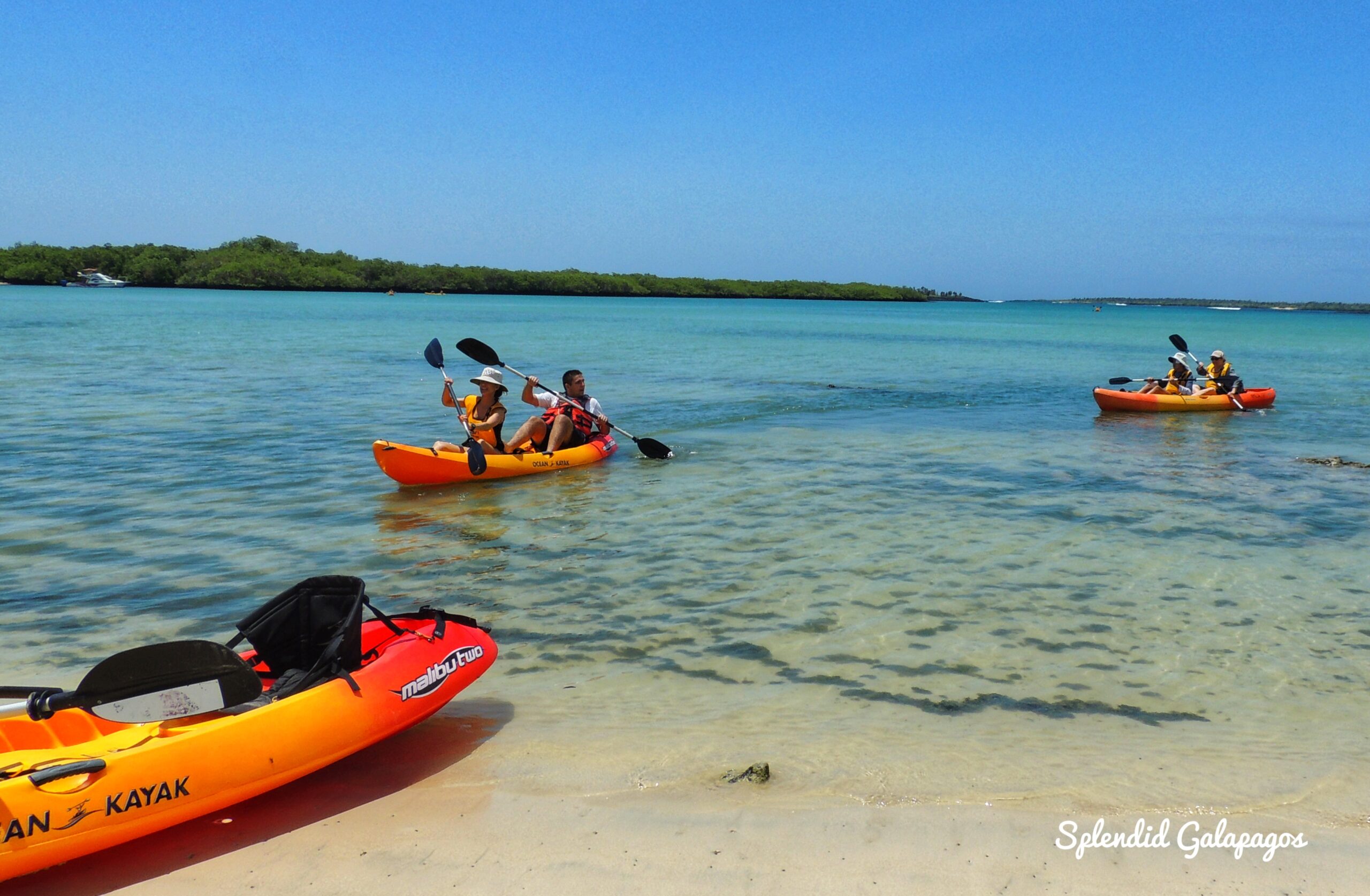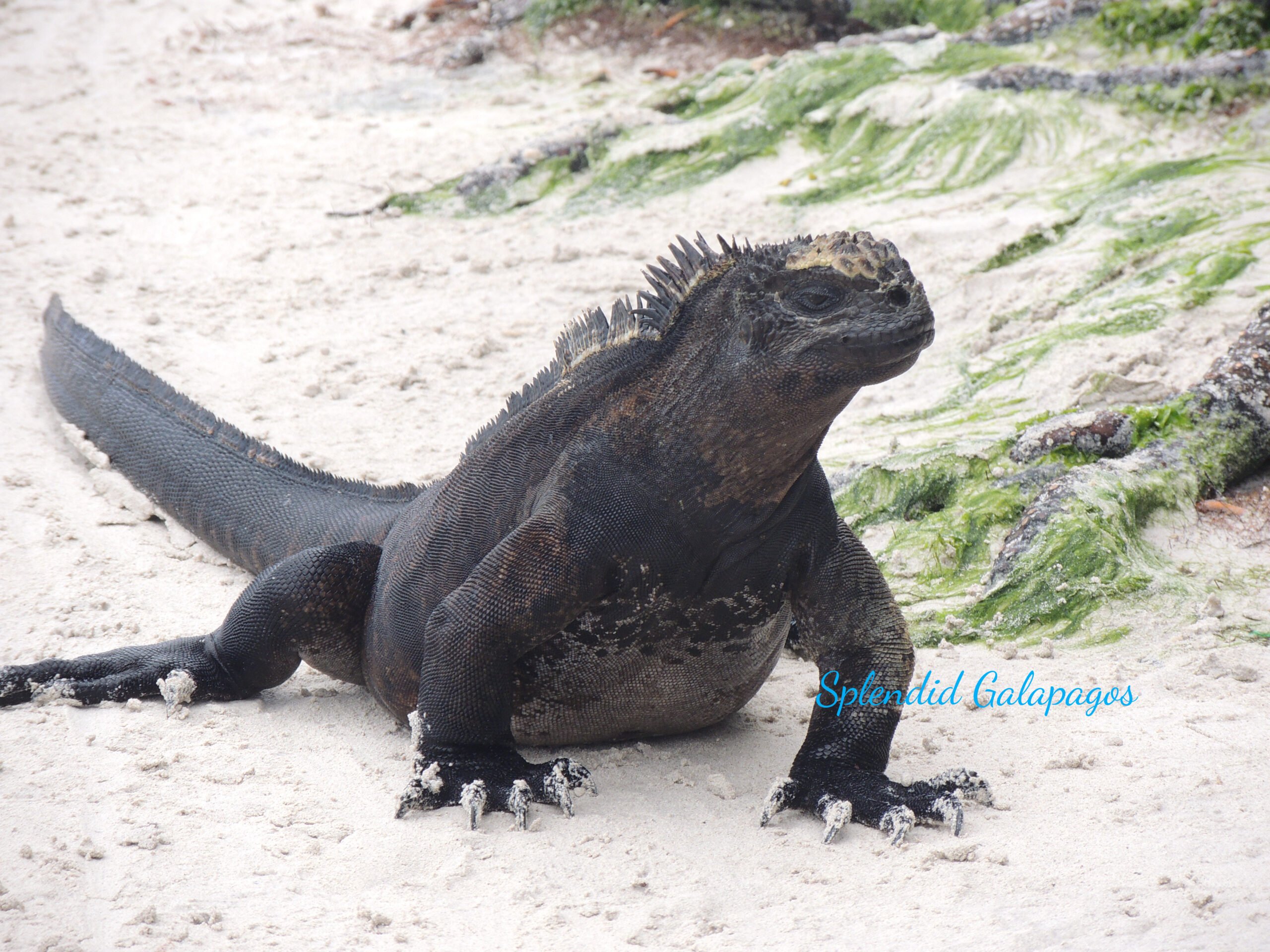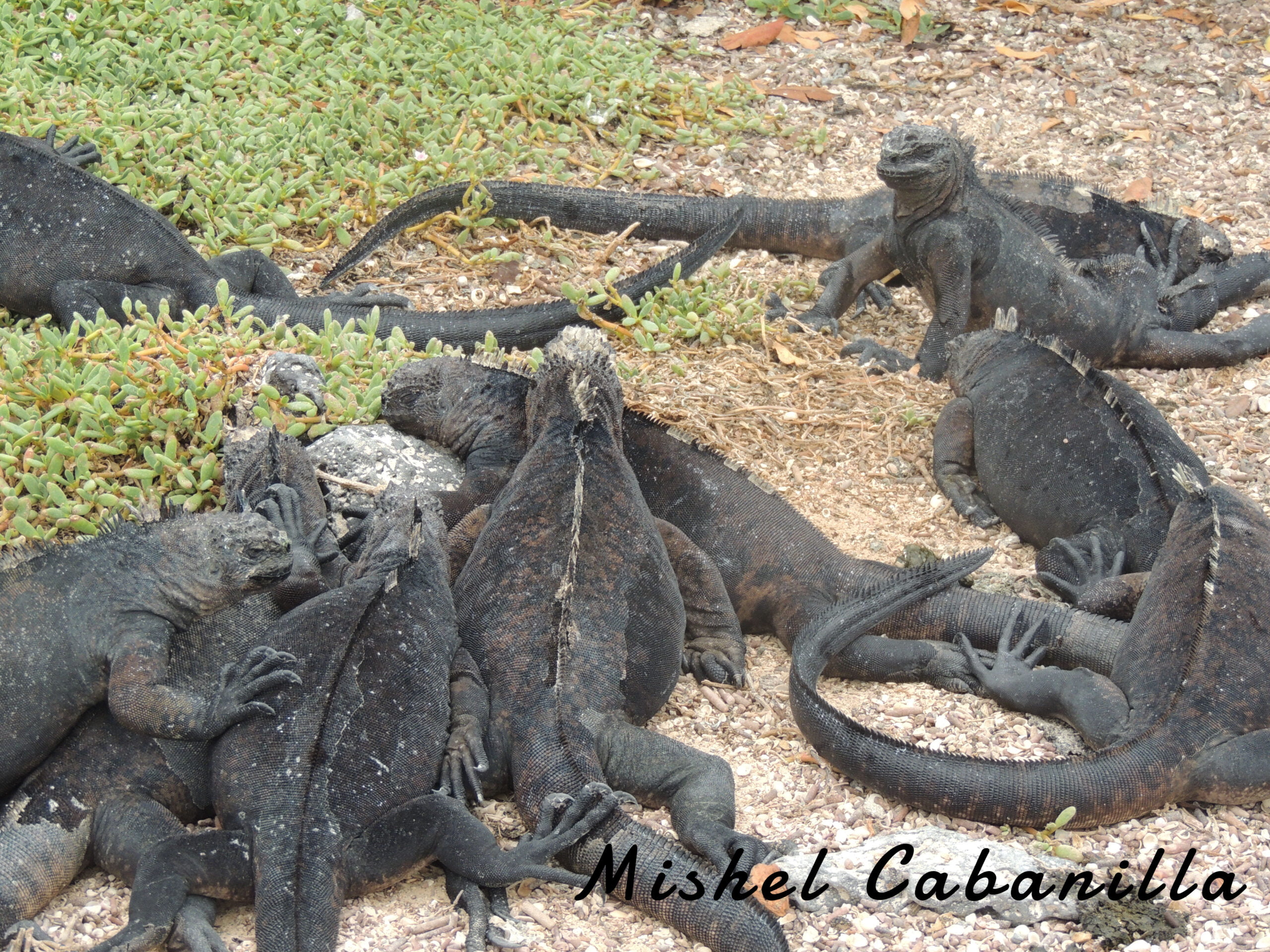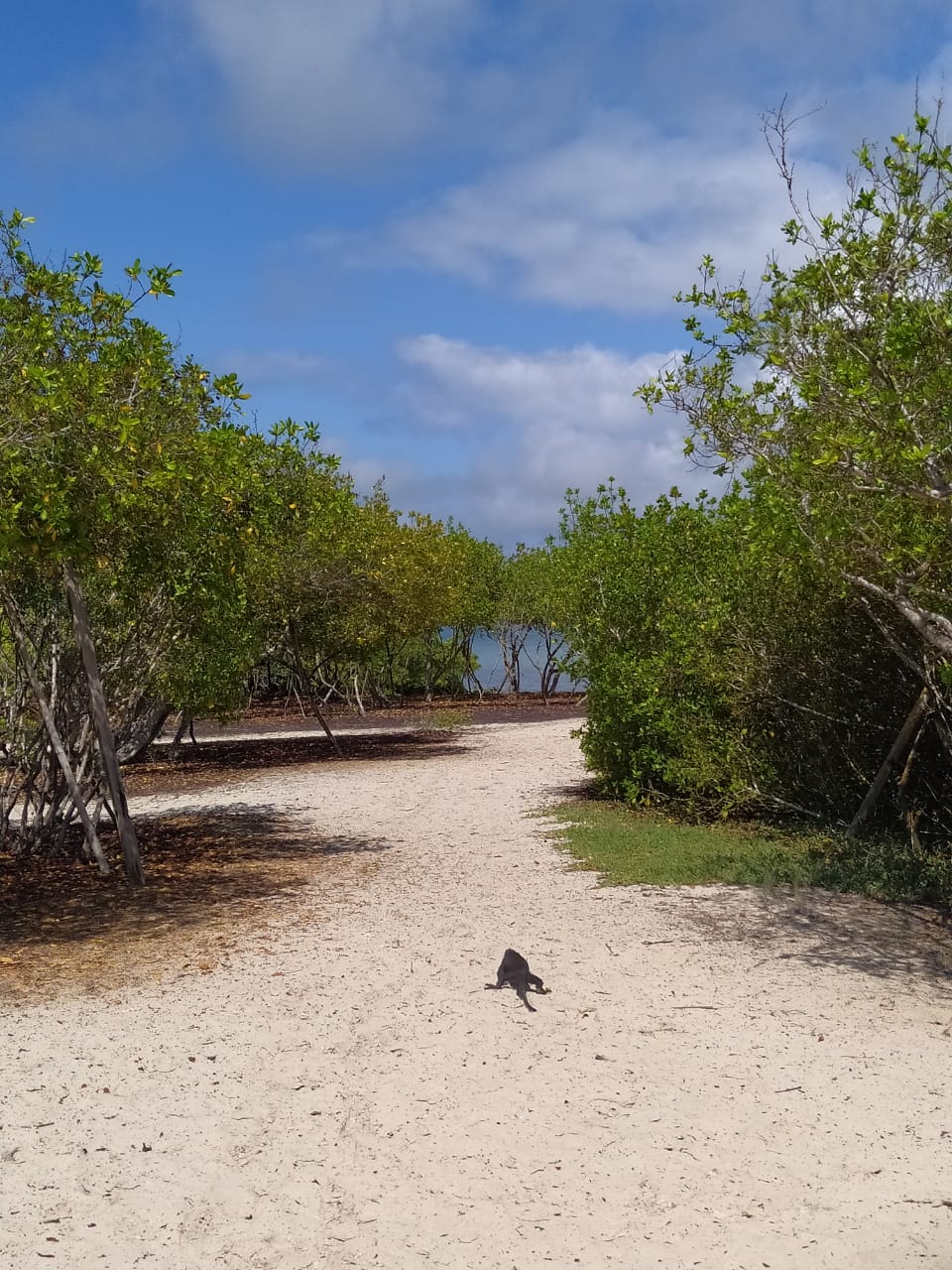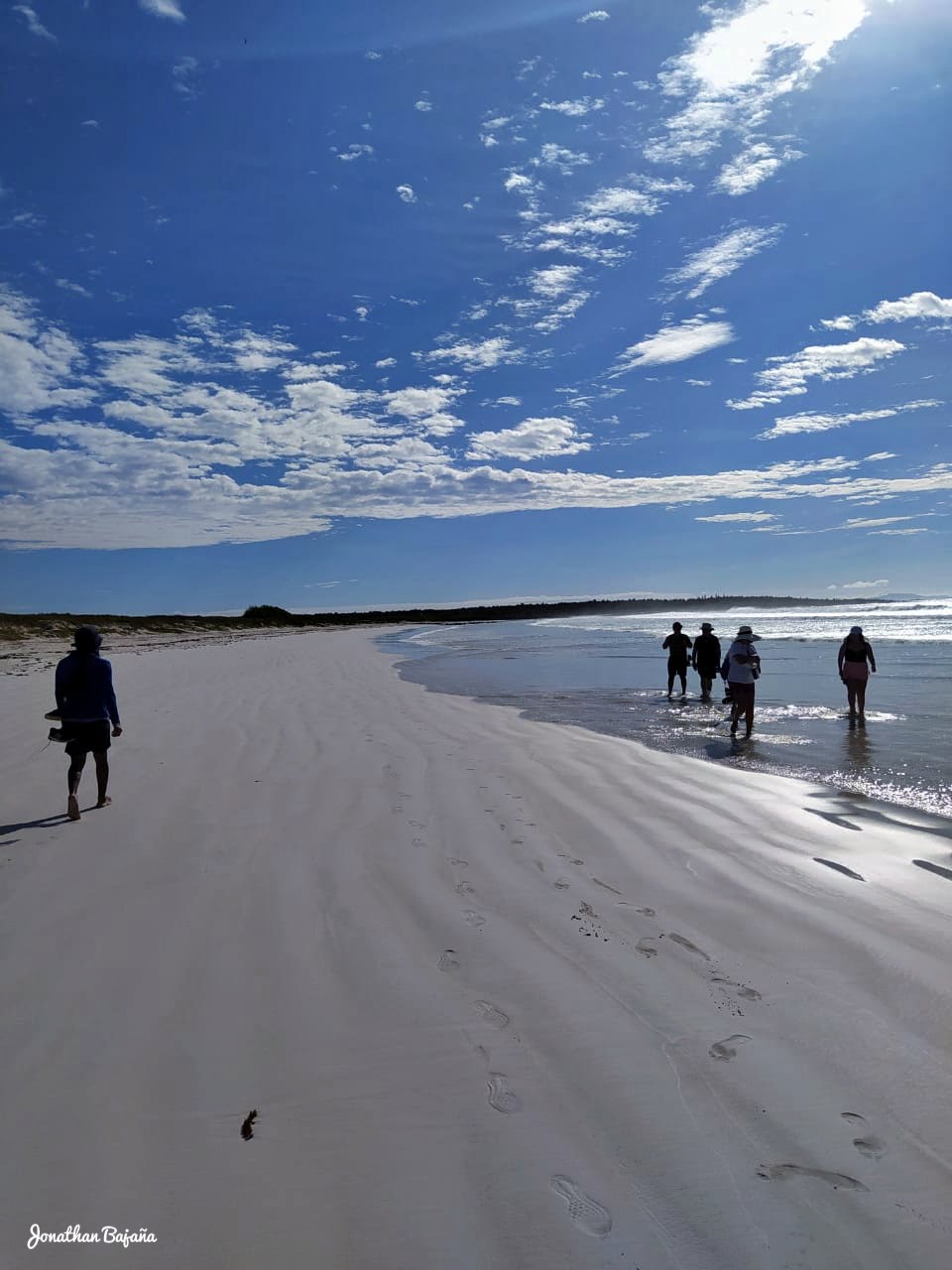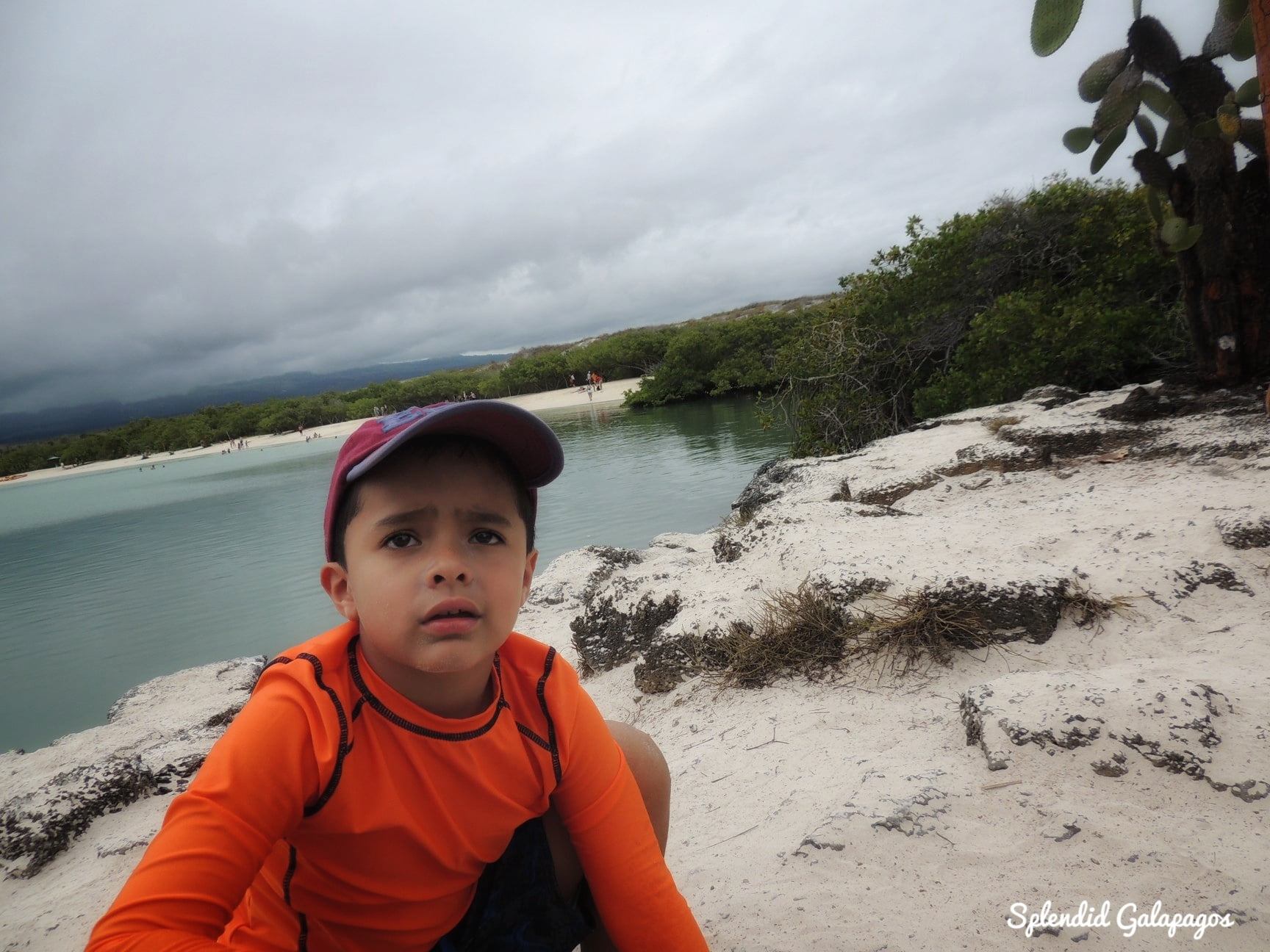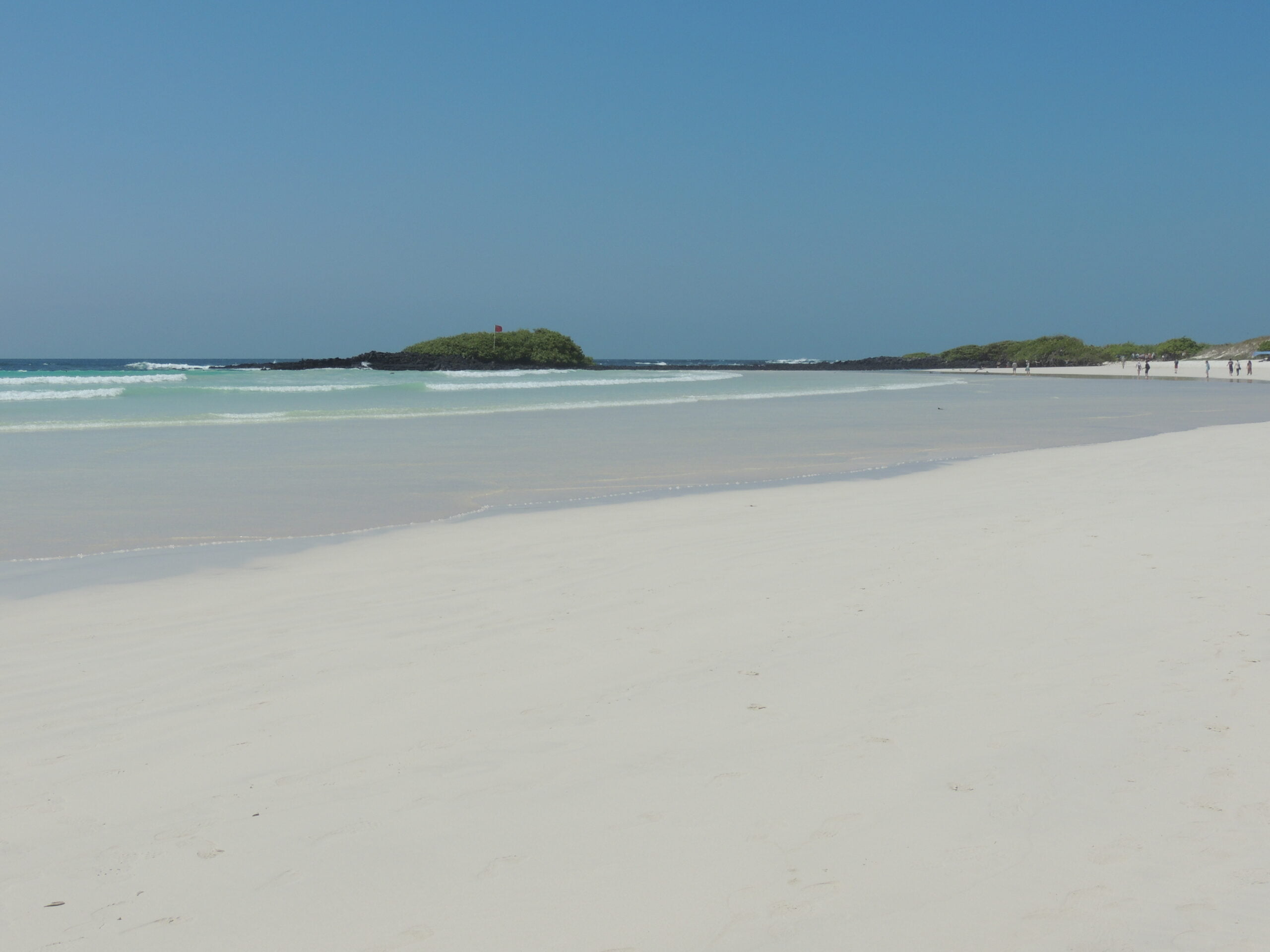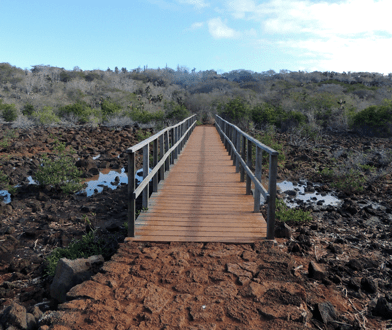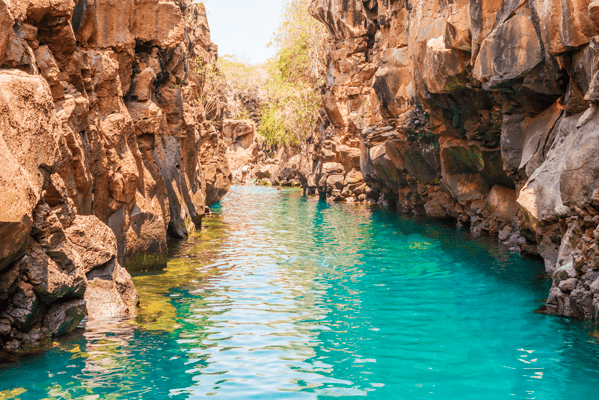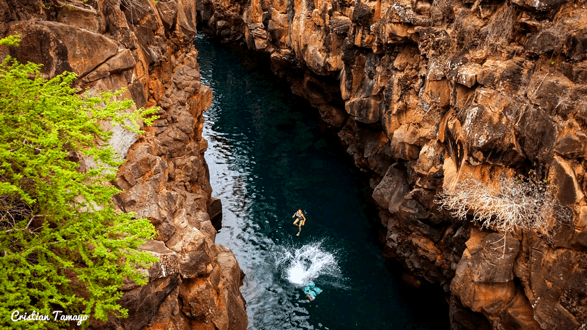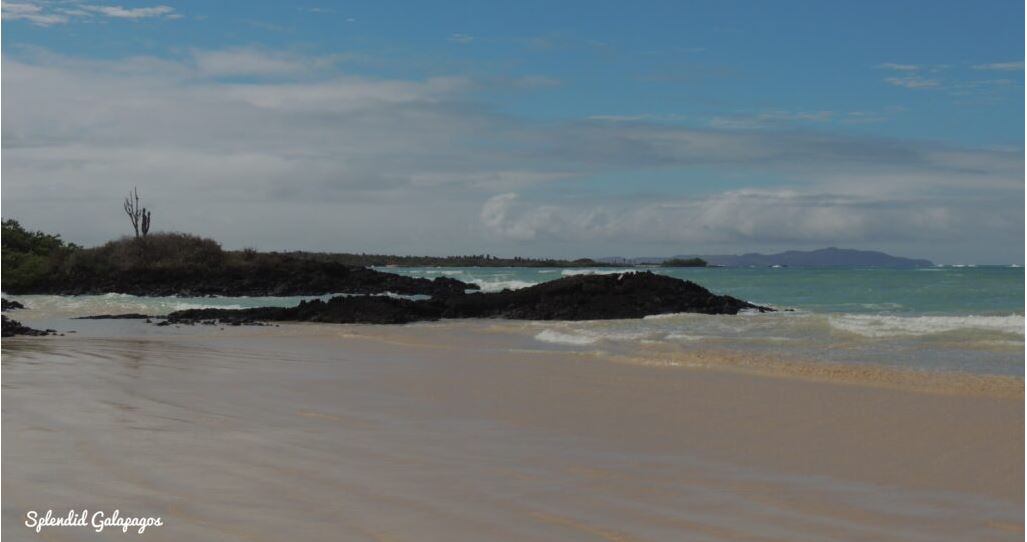SANTA CRUZ ISLAND
Santa Cruz Island is the second largest island in the Galapagos Archipelago, located in the center of the islands. It covers an area of 986 square kilometers and has a maximum elevation of 2,835 feet. The island is home to approximately 15,700 people. Santa Cruz Island was also known by its English name, “Indefatigable,” which was given to it in honor of the British ship HMS Indefatigable.
During World War II, the Japanese navy launched an attack on the United States naval base in Pearl Harbor. In response, the United States Navy sought a defense mechanism to patrol the central area of the Eastern Pacific and the routes leading to the Panama Canal. The Ecuadorian Government offered the Island of Baltra as a strategic point for the United States to carry out its activities. A military base was established on Baltra Island, and an airport was built next to it, which is now known as “Seymour Airport.” When the war ended, the US armed forces left the islands, including the airport.
The strategic location of Santa Cruz Island in the middle of the archipelago, coupled with the presence of an airport on Baltra Island (which is just 150 meters away, separated by a channel), led to the start of commercial flights to the area. This triggered rapid population growth in Santa Cruz Island and its main city, Puerto Ayora, starting from the 20th century. The relationship with supply vessels and trade with the mainland played a significant role in shaping the urban profile of Puerto Ayora as it is today. The friendly and vibrant population of the city is primarily engaged in tourism, as well as fishing, commerce, and agriculture.
PUERTO AYORA CITY
Puerto Ayora is a coastal town situated in the southern part of Santa Cruz Island. It is the largest and most populated town in the Galapagos Islands. One of its notable features is “Academy Bay,” which offers a breathtaking view of sailboats eagerly awaiting tourists for their upcoming island adventures. You can witness sea lions lounging on the rocks, sea birds gracefully soaring through the sky, marine iguanas relaxing around the harbor, and people enjoying the freedom and beauty of this remarkable place.
CHARLES DARWIN RESEARCH STATION
&
FAUSTO LLERENA TORTOISE CENTER
The Charles Darwin Research Station serves as the main hub for the Charles Darwin Foundation. Their primary goal is to contribute to the conservation of biodiversity and the environment in the Galapagos Archipelago through scientific research and various initiatives.
Established in 1962 and officially inaugurated in 1964, the research station was initially focused on replenishing the populations of giant tortoises on the islands that had been greatly reduced. In collaboration with the Galapagos National Park and the Charles Darwin Foundation, the Fausto Llerena Tortoise Center was instrumental in saving the giant tortoise population on Pinzón Island in 1965. Over time, the efforts expanded to include other populations, such as the Española tortoises.
At the research station, you can encounter different species of tortoises from Santa Cruz, Santiago, Española, Pinzón, and Pinta. The station carries out a captive breeding program to help increase their numbers and restore areas that were previously affected by introduced species, whalers, pirates, and the early settlers of the islands. Since 2008, over 4,000 young tortoises from eight distinct populations have been successfully reintroduced to their original islands. Visitors have the opportunity to observe tortoises at various stages of growth, from eggs to adulthood.
Additionally, due to the threat posed by wild dogs to land iguanas on Santa Cruz, Isabela, and North Seymour Islands, a captive breeding program was initiated to safeguard this reptile species as well.
TORTUGA BAY
Playa Tortuga Bay, also known as Bahia Tortuga, is recognized as one of the world’s top ten beaches. To reach this stunning destination, you’ll embark on a roughly 2.5-kilometer walk through an arid zone, passing by towering giant cacti, vibrant yellow flowers, and unique Galapagos flora. Along the way, you’ll be serenaded by the melodies of land birds, adding to the enchanting experience. As you draw closer to the bay, the sound of the waves crashing against the shore grows more prominent.
There are two captivating bays at this location. The first bay is open and spacious, with powerful waves that make it a paradise for surfers. During nesting season, numerous turtles visit this bay, which is why it earned the name “Bahia Tortuga” or Turtle Bay. The second bay, situated at the far end of the first one, offers a tranquil setting for relaxation, swimming, and kayaking. Here, you’ll find a perfect blend of untouched beauty, with majestic giant cacti and mangroves lining the shore, creating a wild and awe-inspiring landscape.
LAS GRIETAS
They are located 3 km away from Puerto Ayora, Bahía Academia West. Is a hidden gem worth exploring. To reach this secluded spot, we’ll take a short 5-minute taxi boat ride from the Harbor of Puerto Ayora, followed by a leisurely 30-minute walk.
During our journey, we’ll traverse a trail that passes by a beach and small saltwater lagoons, providing an excellent opportunity to observe migratory and coastal birds such as the Great Blue Heron, White-cheeked Pintail ducks, Cactus Finch, Large Ground Finch, Medium Ground Finch, and Black-necked finches.
The trail may be a bit rocky, but along the way, we’ll encounter a variety of fascinating flora, including Candelabra cacti, Matazarno, and Prickly pear cacti. Once we arrive at the crevices, we’ll be treated to a unique sight: two distinct levels of water. At the surface, we’ll find freshwater, while seawater lies below. These crevices offer a fantastic opportunity to swim and relax amidst two cliffs, creating a truly memorable experience.
In the vicinity, we’ll also have the chance to visit a viewpoint overlooking the breathtaking Academy Bay, providing a wonderful panoramic view of the bay’s beauty.
HIGHLANDS & TORTOISE CENTER
Upon your arrival to the highlands of Santa Cruz you will enjoy the wonderful and very famous giant tortoises in their natural habitat, these prehistoric-looking animals stretch out their necks to eat, greet, and be photographed by visitors to the Archipelago. Getting to know these giants, is one of the biggest expectations for passengers.
The density of vegetation in this forest, including orchids, daisies, and bromeliads, give also a place to be the habitat of several endemic land birds including Darwin’s finches, Mocking birds, Galapagos Hawks, Short-Eared Owls, Yellow Warblers, Galapagos Rails, Vermilion Flycatchers, and Paint-billed Crakes.
LAVA TUNNELS
The lava tunnels are very interesting geological formations. They formed out of eruptions that occurred many years ago from surface lava cooled and solidified, while the underground hot lava kept flowing leaving an emptied cave.
PLAYA DE LOS ALEMANES
Playa de Los Alemanes is a Little, calm, quiet bay to relax, swim, snorkel, or just enjoy the view of this charming spot. Its name is due to the colonization of German people in this place. To get to this beach, we will take a five minutes trip by water taxi, then, we will walk for about 5 more minutes to get to this beautiful protected bay. Here, you can swim or snorkel by the mangroves, where you can see stingrays or baby sharks.
LOS GEMELOS
TWIN CRATERS
These two pit craters, one on either side of the road were caused by the collapse of empty magma chambers. The typical vegetation of the higher elevation humid zone surrounds these craters. They have a spectacular view of the Scalesia forest and land birds. Galapagos doves, Galapagos and vermilion flycatchers, Short-eared Owls, yellow warblers, and a diversity of Darwin´s finch species make this location a rich biodiversity place.
SANTA CRUZ BREWERY
The very first craft brewery in Santa Cruz. This craft is located in the climatic transition zone between Puerto Ayora and Bellavista, this climate favors the production of Brewery beer styles. We will learn about the history of the Santa Cruz brewery and also receive the organoleptic explanation of the raw material in the production of beer participating in the production process, malt milling in mill bike. Finally, we will experience the beer tasting at the plant, which has an outdoor space, surrounded by the nature of the Galapagos.
FISHERMANS WHARF
Every morning “El Muelle de Los Pecadores” fills up with friendly people. Inhabitants of the islands and national and foreign tourists visit it, either by acquiring fresh sea products generated by the artisanal fishing of local fishermen, or by the attraction that this place generates when it is visited by sea lions, waiting for a piece of fish, inquisitive pelicans, frigates, and, lava gulls flying through the air, attracted by the scent of fresh fish.
GARRAPATERO BEACH
El Garrapatero is a remote beach situated on the southeast coast of Santa Cruz Island. It offers an ideal setting for snorkeling, swimming, and relaxation. To reach this beautiful spot, you can take a short 30-minute drive from Puerto Ayora, followed by a brief walk along a path surrounded by mangroves and poisonous apple trees. As you make your way, you’ll also come across a small lagoon near the beach where flamingos, black-necked stilts, and white-cheeked pintail ducks reside.
In addition to these avian inhabitants, you’ll have the opportunity to encounter various species of animals such as marine iguanas, lava lizards, and different types of finches including the white-cheeked pintail, large tree finch, woodpecker finch, small ground finch, cactus finch, large ground finch, black-necked finch, and medium land finch. The beach is also adorned with a diverse array of plants including Algarrobos, candelabra cactus, yellow Cordia, and incense trees.
El Garrapatero is a true haven for nature lovers, offering an ideal environment to immerse yourself in the beauty of the natural world.
CERRO MESA ECOLOGICAL RESERVE
This is one of the perfect places to have a short adventure, a relaxing visit, or experiment with certain activities of ecological conservation of this site. We can reach this place by bike or by car. Once we arrive here, we will walk towards “EL MIRADOR DE CERRO MESA” which is located 550 meters above sea level. Here, you can see the immense esplanades of vegetation of Santa Cruz Island including its coastline and countless bays, islands, islets, and cliffs that makeup part of the island region of Galapagos. Continuing with a short walk for 5 more minutes to the edge of the crater of Cerro Mesa, a beautiful view of it, the largest crater on Santa Cruz Island. On the way, we will be able to observe species of endemic plants that characterize the humid area of Santa Cruz, such as Guayabillo, Scalecia Pedunculata forests, among others. We will also have the opportunity to look at different species of land birds, and the recently considered new species of Galapagos Tortoise “Quelonoide Donfaustoi”.

